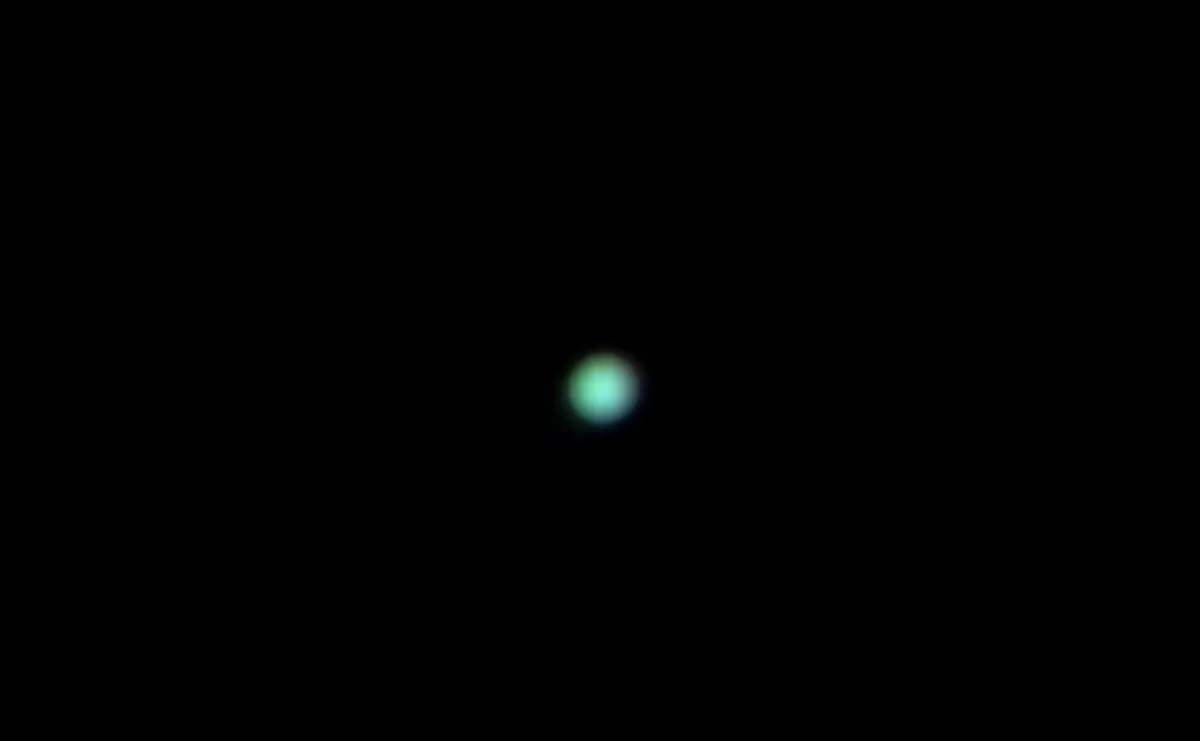Why was Uranus not known by ancient astronomers? And why did it take so long to discover Uranus, if the planet can be seen by amateur astronomers using a telescope in their back garden?
At its brightest, Uranus is just visible without a telescope – if you know where to look – but it wasn’t discovered with the naked eye.
Uranus would certainly have been a very difficult observation to achieve before the birth of the telescope in the 16th century and probably would have, at best, been mistaken for a star.
To make the discovery that it was a planet, astronomers would have been required to track it, but this would have been incredibly difficult to do without a modern equatorial mount.

As well as the difficulty in observing Uranus, there was also less interest in cataloguing the planets.
Instead, early astronomers focused primarily on the stars and observing constellations.
Uranus was quickly found as soon as the telescope became available, although many astronomers didn’t know what they had observed.
John Flamsteed is thought to have been the first person to observe the object we now call Uranus.
His sighting in 1690 was recorded as a star, 34 Tauri.
Other astronomers followed suit in sightings.
Sir William Herschel made the discovery of this new planet on 13 March 1781, and then even he initially mistook it for a comet.
So it isn’t too surprising the ancients didn’t discover this one, and why it's taken so long for astronomers to discover Uranus's moons.
